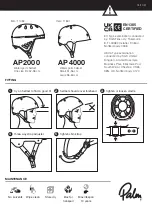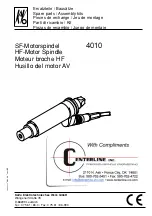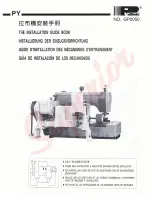
Technical Manual
Airbridge BTS3612A CDMA Base Station
System Principle
Chapter 8 BTS Configuration
8-5
One DFU supports one sector carrier. That is, only the configuration of S(1/1) or
S(1/1/1) is allowed.
One DDU supports two sector carriers. That is, the configuration of S(2/2) or S(2/2/2)
is allowed and there is no requirement about the carrier space.
One CDU supports two sector carriers. That is, the configuration of S(2/2) or S(2/2/2)
is allowed, but the space between the two sector carriers must be equal or larger than
2 carrier spaces (for 450MHz band and 800MHz band) or 3 carrier spaces (for
1900MHz band).
For CDU and DDU, the corresponding BTRMs and BHPAs are configured from
bottom to top and from left to right (as shown in Figure 8-2).
For DFU,
the corresponding BTRMs and BHPAs
are configured from left to right in
the RF subrack under the DFU, and only in the bottom.
Based on the specific frequency of CDU, actual implementation conditions should
also be considered when configuring the BTRMs and BHPAs.
8.2.3 Configuration of Power Modules
The BTS3612A supports the 110V AC and 220V AC power inputs. The PSU
AC/DC
completes the conversion from 110V AC or 220V AC to -48V DC, while the PSU
DC/DC
completes the conversion from -48V DC to +24V DC.
I. PSU
AC/DC
Two models of PSU
AC/DC
are available to respectively support 110V AC and 220V AC
power inputs.
In the case of full configuration, there are 9 PSU
AC/DC
modules, one of which is used
as standby module. The maximum output current can reach 200A (8
%
25).
II. PSU
DC/DC
In the case of full configuration, there are 3 PSU
DC/DC
modules, one of which is used
as standby module. The maximum output current can reach 130A (2
%
65).
8.3 Configuration of Auxiliary Equipment
8.3.1 Batteries
To ensure the normal operation of the BTS3612A in the case of local mains failure,
storage batteries can be configured either in the battery subrack or in an auxiliary
cabinet.
















































